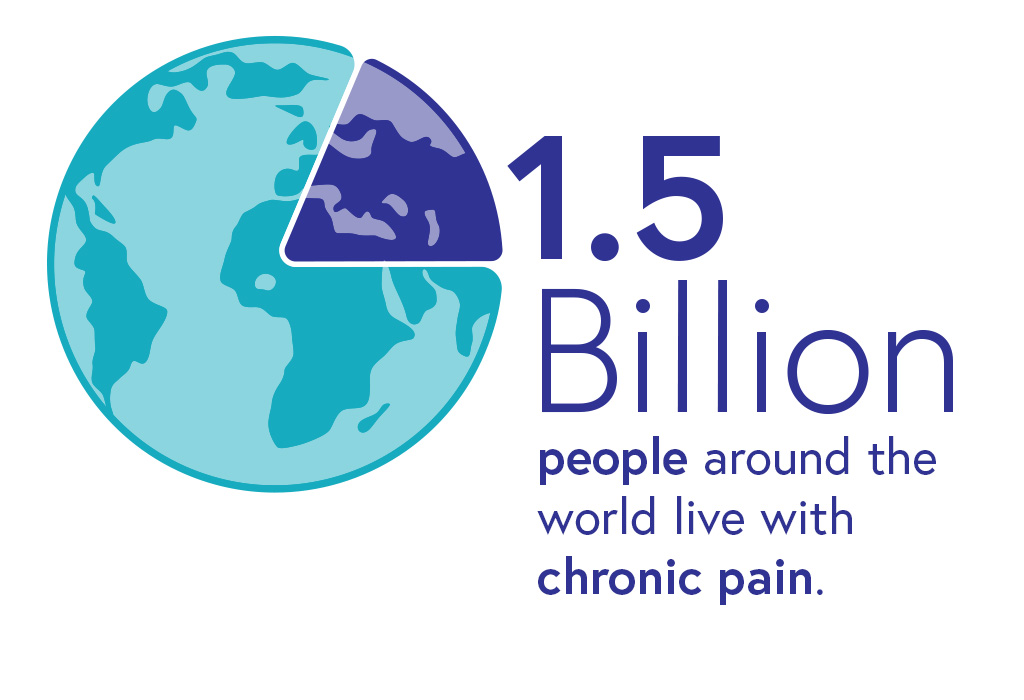Helping ease chronic pain

Image: Holger Langmaier; CC0
Chronic pain is the ongoing or persistent experience of pain. It often follows an injury or illness and persists long after the initial issue has resolved but sometimes can occur in the absence of any injury or illness. Because of its enduring nature, chronic pain is considered to be a condition in its own right. It can be debilitating.
Pain is a complex interplay of both physical and mental processes. Everyone experiences pain differently, depending on their genetics, culture, experience of trauma, stress and previous pain experiences.
Chronic pain happens when changes to the nervous system or organs result in the nerves continuing to fire inappropriately, sending consistent pain signals to the brain. Sometimes the body becomes highly sensitised and even very slight stimuli can provoke a strong pain response, such as in fibromyalgia.
Some other examples of common chronic pain states include drug-resistant migraine, post-traumatic pain, irritable bowel syndrome, endometriosis, pelvic pain, pain in multiple sclerosis, rheumatoid arthritis, inflammatory bowel disease and osteoporosis.
Chronic pain is invisible and sufferers can often feel stigmatised and isolated. As many as 1 in 5 Australians live with chronic pain—of those people, 1 in 5 will also have depression or other mood disorders. As our population ages, it’s expected that more and more people will be living with chronic pain, and currently as many as 1 in 3 Australians over the age of 65 live with the condition.

Treatments currently available to sufferers of chronic pain often rely on multidisciplinary pain management methods. First line approaches include medication, psychological and physical therapy.
The medications available for chronic pain treatment are the standard pain relief drugs—aspirin, ibuprofen or opioids. The effectiveness of these drugs changes from patient to patient, but for many people, opioids are the only effective option. Unfortunately, opioids do have negative addictive effects and other side effects—so there is a very strong need to develop non-opioid analgesics.
We are learning more about the brain and pain with advances in brain imaging that have helped scientists map the pain centre regions of the brain. This new knowledge has been combined with effective cognitive therapy approaches to help patients manage their pain.
Other advances include brain stimulation neuromodulation approaches. Currently undergoing trials is the Evoke Spinal Cord Stimulator, developed by Saluda Medical. In a world first, the entire device is housed within the patient’s body and does not need input from an external computer. This is a precision medical device that records and monitors nerve responses to stimulation and automatically provides a therapeutic dose of brain stimulation in real time. Early clinical trials have demonstrated the potential of this technology to offer a drug-free solution to millions of people worldwide who suffer from debilitating chronic pain.
The brain is a complex organ and pain management is, and will continue to be, an area of important research, hopefully leading to a better quality of life for those affected by chronic pain.